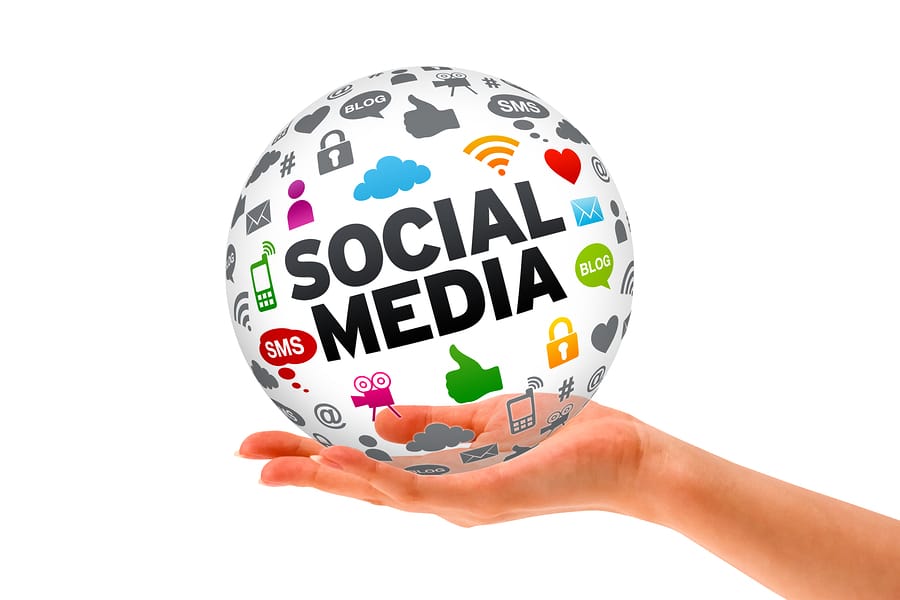
Leveraging Social Media for Improved Wellbeing
For decades, social media was heralded for connecting the world and fostering communication like never before. However, recent research increasingly links excessive social media use to detrimental effects on mental health and wellbeing. Subsequently, major social platforms have begun introducing features explicitly focused on improved users’ wellbeing. Therefore, these efforts aim to address some negative aspects of social media while maximizing its benefits.
Negative Effects of Social Media
Studies have correlated problematic social media use with:
- Increased feelings of loneliness, depression and social anxiety.
•Lower self-esteem and life satisfaction.
•Distraction from offline social interaction and productivity.
Furthermore, social media can expose users to:
- Unrealistic portrayals of others’ lives that spark envy.
•Hyper-connectivity that blurs the lines between work and personal life.
•Misinformation, abuse and cyberbullying.
Therefore, for some users, social media amplifies stress, distress and disruptions to mood and motivation.
Social Platforms’ Responses
In response to these growing concerns, platforms have started introducing features aimed at:
- Reducing negative effects like cyberbullying and misinformation.
•Promoting wellbeing by providing tools for limiting usage and monitoring time spent.
•Setting boundaries between online and offline life.
For example, platforms now offer:
•Hidden words filters and time delays for harmful content.
•Dashboard tools showing daily usage metrics and activity insights.
•Scheduling features to limit access during selected hours.
•Direct messages controls to restrict unwanted contact.
•”Authenticity” policies to promote positive community norms.
Overall, these efforts aim to shift social media’s role from passive time-waster to active tool for connection and self-expression while minimizing potential harms.
In summary, as research reveals social media’s possible ties to mental health issues, major platforms are working to counter these negative effects and improve users’ wellbeing. Accordingly, new features focus on:
- Limiting exposure to cyberbullying, abuse and misinformation.
•Providing controls and tools to monitor usage and set digital boundaries.
•Fostering positive community norms that promote authentic self-expression.
While social media still carries risks, new protective measures and an increased emphasis on wellbeing indicate the industry is starting to take these issues seriously. But users must also practice self-awareness, balance, and critical thinking to maximize social media’s benefits while minimizing potential harms.
